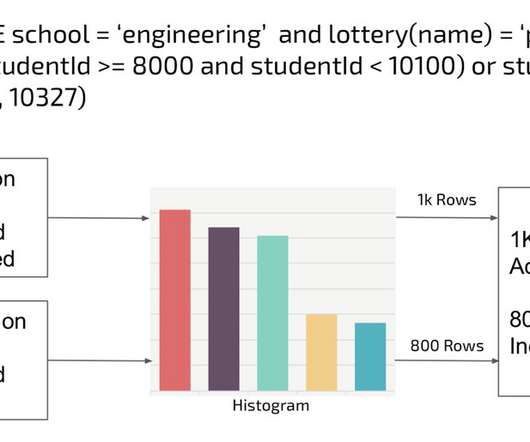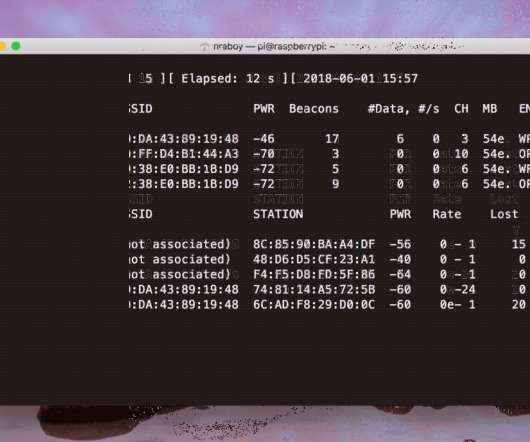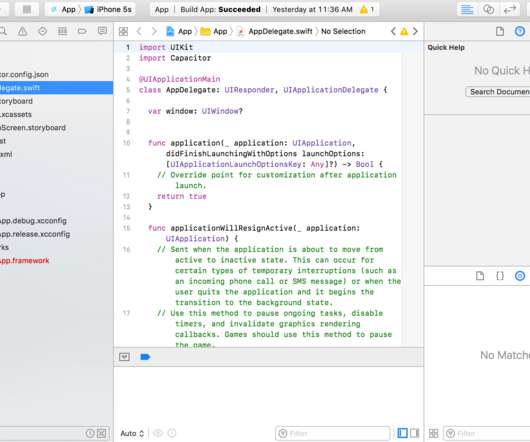Image Inconsistencies: How and When Browsers Download Images
CSS Wizardry
JUNE 11, 2018
This year, I’ve been working closely with the wonderful Coingaming team out in beautiful Tallinn. We’ve been working pretty hard on making their suite of online products much faster , and I’ve been the technical consultant leading the project. It’s been an incredibly fun and rewarding engagement, and we’ve made some real business- and customer-facing improvements.



































Let's personalize your content